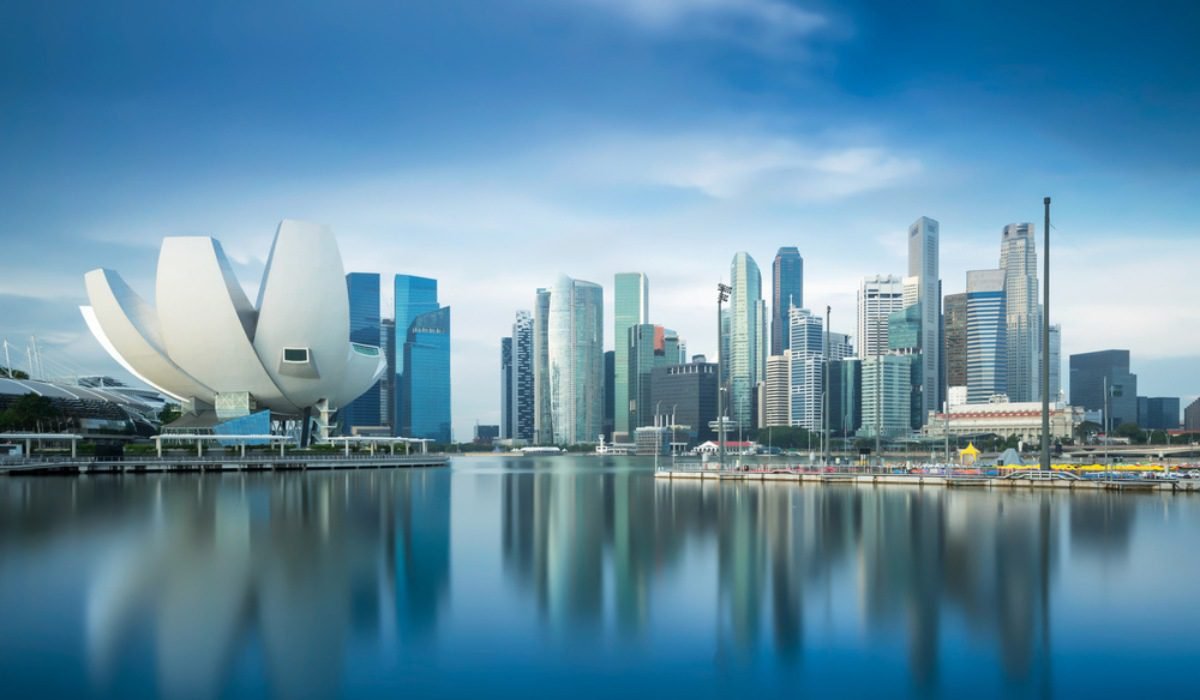In the heart of Southeast Asia, Singapore stands as a beacon of economic resilience and strategic allure, particularly within its property sector. As global markets fluctuate and investors seek safe havens, the question arises: how does Singapore’s real estate landscape compare to other international markets? With its robust regulatory framework, vibrant urban offerings, and innovative developments, Singapore presents a tantalizing opportunity for both domestic and foreign investors.
Yet, beneath the surface of its glossy skyscrapers and bustling neighborhoods lies a complex interplay of factors that can influence investment decisions. This article delves into the intricacies of Singapore’s property market, examining its unique strengths and potential pitfalls in the context of a rapidly changing global economy.
Investors must navigate these waters with caution, balancing the promise of lucrative returns against the backdrop of evolving market dynamics.
Comparative Analysis: Singapore vs. Global Real Estate Markets

When comparing Singapore’s real estate market to global counterparts, a striking contrast emerges between stability and volatility. In a world where major cities like New York and London fluctuate drastically due to economic shifts and geopolitical instability, Singapore’s property sector stands out with its robust regulatory framework and economic resilience.
The island nation’s strategic location as a financial hub attracts a diverse range of investors, from affluent foreigners to residents, all vying for the limited supply of prime properties. Developments such as Upperhouse exemplify the kind of high-quality, well-positioned real estate that continues to captivate discerning buyers. Meanwhile, cities steeped in uncertainty often see sharp price declines or wild market swings.
The balancing act of stringent government policies, coupled with a commitment to sustainability, fortifies Singapore’s appeal, making it a sleep-easy investment for those wary of the inherent risks present in other global markets. Investors are drawn to the possibility of steady growth, but they must remain cognizant of the challenges that come with operating in a tightly regulated landscape.
Economic Factors Influencing Property Investment in Singapore

Singapore’s property investment landscape is significantly shaped by a myriad of economic factors that intertwine to create both challenges and opportunities for investors. Thecity’ss robust economic growth, underpinned by a diverse industry base and a strategic location as a global financial hub, fuels demand for real estate, whether residential, commercial, or industrial. Moreover, the government’s proactive policies, like monetary tightening measures and property cooling initiatives, aim to stabilize prices and ensure sustainability, yet they also introduce a layer of complexity for potential investors to navigate.
Market sentiment plays a crucial role, influencing buyer behavior, while fluctuating interest rates can either enhance or deter investment attractiveness. As Singapore continues to evolve, investors must remain astute, observing global economic trends and local market dynamics, all while weighing the potential returns against the inherent risks of this vibrant yet competitive property sector.
Key Trends in the Singapore Property Market: An Overview

The Singapore property market is currently navigating a landscape shaped by several key trends that set it apart from global counterparts. A notable surge in demand for luxury properties reflects the growing affluence of residents and expatriates, while the shift towards eco-friendly and sustainable developments underscores a broader commitment to environmental awareness.
Moreover, the government’s proactive policy interventions, such as cooling measures and increased supply of public housing, have sparked discussions about market stability and affordability. As interest rates fluctuate and the global economy faces uncertainty, Singapore’s status as a haven is becoming increasingly attractive to foreign investors seeking resilient assets.
This unique blend of local dynamics and global influences creates a compelling narrative, inviting both seasoned and novice investors to delve into the intricacies of Singapore’s thriving property sector.
Conclusion
In conclusion, Singapore’s property sector stands out as a compelling investment opportunity amidst the fluctuating global markets. Its robust regulatory framework, economic stability, and strategic location in Asia contribute to the attractiveness of real estate investments in the region.
Notably, developments like Upperhouse exemplify the high-quality offerings that cater to both local and international investors, highlighting the potential for solid returns in a thriving urban landscape. As investors seek refuge from economic uncertainty, Singapore’s unique blend of growth opportunities, innovative developments, and a resilient market position makes it a favored destination for property investments that promise long-term value.


